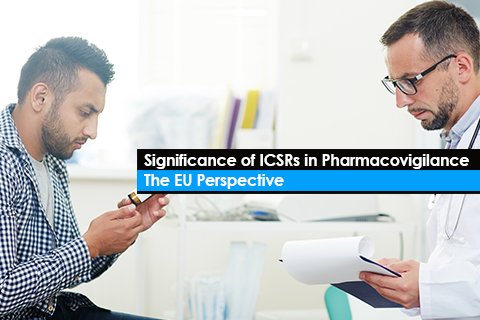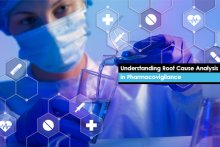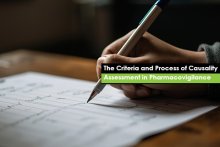Developing novel and essential medicinal products has significantly increased the burden of monitoring and tracking the Adverse Drug Reactions (ADRs) and Adverse Events (AEs) of drug products. An Individual Case Study Report (ICSR) is collected at an individual level, which leads to causality assessment or a tilt in the risk-benefit ratio of a medicinal product to be determined distinctly. In the European Union (EU), the enhanced EudraVigilance system was launched in 2017. Consequently, reporting the ICSR in an ISO-based format per the Pharmacovigilance Risk Assessment Committee’s (PRAC’s) recommendations to the European Medicines Agency’s (EMA’s) management board has become mandatory from June 30, 2022.
ICSR reporting criteria directed towards health authorities:
- An identifiable patient - Any identifiable patient information such as the initials, age, gender, birth date, and a medical record number
- An identifiable reporter (Verbatim) - Any identifiable reporter information such as the name, initials, qualifications, and address
- A suspect drug - The brand or generic name of at least the single suspect drug/medicinal product
- An adverse event - Information of any AE and/or ADR with a suspicious causal association with the medicinal product
Through the spectacle of the European Medicines Regulatory Network (EMRN)
Understanding Expedited and Spontaneous ICSRs
Based on the reporters' information and healthcare professionals' assessments, ICSRs can be categorized as expedited and spontaneous. Expedited reports involve a direct relationship between ADR and drugs. After the necessary follow-ups, these reports subsequently move into a fifteen (15) calendar days timeframe for EudraVigilance database submission. On the other hand, spontaneous reporting can be from either solicited or unsolicited sources.
The labor-intensive process of spontaneous reporting leads to under-reporting of the ADR with varying country-wise patterns. This results in reporting only 5% of all AE cases. The safety of the population is a significant concern alongside the safety of drugs from a Regulatory standpoint. The systems presently report the ICSR of vulnerable populations in a mandated format. The manual process of ICSR reporting and case handling seems time-consuming, considering the drug approvals rate. Moreover, fast-tracking the conventional systems can pose a greater risk to vulnerable populations than the non-vulnerable ones. Technology thus makes the ICSR reporting more seamless and Regulatory-compliant.
Automation in ICSR Processing
Artificial Intelligence (AI), automation, and data analytics have revolutionized the functioning of organizations by aiding drug approvals and multiple drug product market authorizations. On the contrary, with an increasing number of drugs in the market, the patient-centricity approach, healthcare, and well-being awareness are some factors responsible for increased ADR/AE reporting.
ICSR forms the source of pharmacovigilance data and needs a right-first-time approach. Manual case-processing and relevant literature search define the causality or cause of the ADR. However, it becomes an exorbitant cost affair. The new guide developed for standardizing ICSR by the EMA and Heads of Medicines Agencies (HMA) focuses mainly on eCTD formats and processing. This may indicate developing all-around, fool-proof innovative solutions for IT services and solutions firms.
|
Conventional ICSR Reporting |
Automation-enabled ICSR Reporting |
|
|
In conclusion, to circumvent the issues of under-reporting and tedious manual intervention in reporting processes, a strong, compliant, and time-saving mechanism must be integrated right from case intake to AE reconciliation. These robust and HA-compliant technologies can indicate any Regulatory department to count on the use of software and Machine Learning tools to manage the ICSR.
Smart innovation and software solutions developed in the ICSR reporting process can be anticipated to exhibit a significant improvement. At Freyr, we have developed an end-to-end approach that can resolve the Regulatory business requirements of our customers. Consult Freyr.





